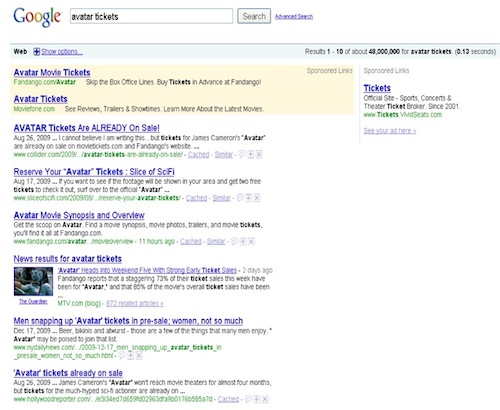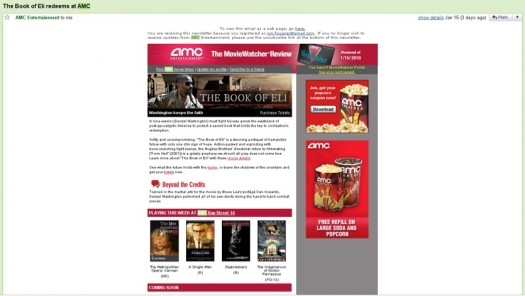I have been producing for about 25 years now. I have routines, methods, and even rituals that help me get done what I have to get done. But if there is one thing that is constant in the film/media biz it is change. If we don’t remain eternal students, we don’t evolve and grow. Both our art and our business requires that we sometimes abandon all we have learned and take new approaches. We have to learn new tricks and embrace them with the love of a true amateur.
Not surprisingly, I am inspired by tales of filmmakers doing just that. It would be hard to find a story that captures this necessity more than Jennifer Fox’s 22 year ordeal with her latest film. Thankfully it brought Jennifer both all the way through and too a point that we can all now join in and share in both the process and success. We can learn from her guest post today.
As a 30+ year documentary veteran, there is one thing I’ve learned, it’s “change or die.” And while I am spewing out truisms that I’ve collected, I’ll share another one, “survival is winning.” I love making films, I certainly don’t expect to get rich, but what I do hope for is to be able to wake up each morning and to do what I am so privileged to do: work on a film and every few years, make a new one. So far I’ve succeeded. But this current film threatened to sink my boat more than once.
I must say I always knew MY REINCARNATION was a difficult project. I walked away from it many times, saying it was impossible. But something always drew me back and after 22 years, we had a fantastic story that we were launching in the world. It seemed that my worries were for naught. The film had several European television stations onboard as co-production partners (more on this in my next post), had been sold to PBS’s premiere series POV, and was invited to top festivals around world. So, at the end of last year when I discovered that one of my European co-producers, through no fault of their own, had failed to raised their promised $100,000 towards the budget, the wind went out of my sails. As the main Producer, I was responsible. In fact I had already technically “spent” that money finishing the film, I just hadn’t paid the bills. My brain went into an exhausted tailspin.
(For those of you who may have fantasies about the money you make once a film is finished, I hope I don’t ruin your day. My experience is that the majority of funds have to be raised before the film is finished. There are very few films that make large sums of money in distribution. To give you one example: a country might pay $50,000 or higher to get involved in a television co-production, but once the film is finished, that same territory will only offer a fraction of that to buy the film outright. Meanwhile, all European film subsidies and US foundation grants are for development, production and post. No one gives money backwards.)
So there I was on New Years Eve 2011 with a big problem: How could I raise funds for a film that was technically completed?
Making MY REINCARNATION I had already been forced out of my fundraising comfort zone. In the past, my films were funded with television pre-sales and foundation and government grants; I didn’t “believe” in documentary investors because I thought it was too hard to pay them back. Moreover, I had never figured out how to approach private donors. This time, trying to raise funds for a spiritual subject, I faced a whole new set of challenges. It took 12 years before the first trickle of funding came in and 18 years before any substantial monies. Throughout the production of the film, I was forced to think out of the box: I privately approached and successfully brought on several private donors in exchange for producing credits; I ran a lottery and auctioned off most of my valued personal possessions; I pre-sold DVDs; and then I took my first ”investment/loan” through a deal with IMPACT PARTNERS.
This year I faced a whole new problem. With the film already playing at festivals, I racked my brain, what to do? Ideally I would find one large patron to complete the production costs, but I had exhausted my contacts. When I delicately returned to the people who had previously donated monies to tell them my sad tale (which is what all the books tell you to do), everyone politely declined to pony up additional funds. I was running out of options.
There was only one straw left. I knew I had listen to my own mantra. (You know that one about “change/die”). Early last year, I was introduced to crowd funding when my singer/song writer friend, Ana Egge, emailed me to ask if I would donate to her KICKSTARTER campaign to record her new album. ‘Who could turn down such a talent like Ana?’ I said to myself. So, I gave her a small donation and really enjoyed the updates and the feeling of being part of her creation. I even gave her a second contribution mid-way through the campaign. I saw the democratic power of this new arts patronage. I was intrigued. ‘But it’s not for me…’ I thought.
When it came to my own project, the idea of going public with my financial problems and holding out a hand to the world terrified me. To me, asking for money is something private to do behind closed doors one on one. I was embarrassed to tell people I had this funding challenge; what would the community think of me?
But desperation is a powerful motivator. I didn’t know if I could do a crowd funding campaign. However, one thing I knew for sure, I couldn’t do it alone. I was exhausted from the last 22 years of pushing the ball up hill on this film. Honestly, at my age the idea of a “web anything” can be a bit daunting. Moreover, I was already committed to a heavy festival tour with MY REINCARNATION as part of its outreach and distribution. How could I be on the road and running a campaign that would surely take so much work?
So I decided to look for help. I reached out to another girlfriend and filmmaker, Katherine Nullify, who had done a successful Kickstarter campaign for her first feature UPSTATE last year. She brought in another filmmaker friend, Lisa Duva, currently making her first feature CAT SCRATCH FEVER. We all worked together several years ago on the web 2.0 theatrical outreach for my previous film FLYING: CONFESSIONS OF A FREE WOMAN. These were women who could do anything and quite honestly I needed their juice. I wanted to enroll them to help me out.
My idea was to do a crowd funding campaign, but also to look for new larger donors to offer producing credits. I had the crazy idea that we could re-credit MY REINCARNATION in the territories that we hadn’t delivered the film yet – primarily the USA. I pitched the idea to Katherine and Lisa and they thought it would fly. Since I was broke, I offered them a percentage of the funds we would raise as payment. Thank god they accepted.
The third person of the team was already in place. Luckily for me, for the last year I had been working with a young, self avowed, web geek, Stefanie Diaz who had built our MY REINCARNATION web site and could do anything web. She loved the idea of a Kickstarter campaign – it was right up her alley.
The team was ready to go. The biggest question left was how much to aim for? We knew that most campaigns only try to raise between $5,000 – $15,000. But that would be a drop in the bucket. There was no way we could target the $100,000 we really needed, because it seemed impossible. So with knees shaking we launched our 90-day MY REINCARNATION Kickstarter campaign with a goal of $50,000.
I have never been so nervous in my life. 46 days and endless sleepless nights later, we hit $50,000. So with 44 days left we decided to keep going and try to make it to $100,000. How we got this far and what we came up with during those nights will be in my next blog post…. Meanwhile, with only 9 days left, I better get back to the web to write some Kickstarter thank you notes and beat the drum further…
— Jennifer Fox
Jennifer Fox is an internationally acclaimed, award-winning Producer, Director, Camerawoman. She is known for her groundbreaking work on both documentary features and series, including BEIRUT: THE LAST HOME MOVIE, AN AMERICAN LOVE STORY, FLYING CONFESSIONS OF A FREE WOMAN, and now MY REINCARNATION. She is the subject of three films on filmmaking, TO HECK WITH HOLLYWOOD!, CINEMA VERTE DEFINING THE MOMENT and CAPTURING REALITY: THE ART OF DOCUMENTARY She has Executive Produced scores of films and teaches and consults on directing and producing internationally.







